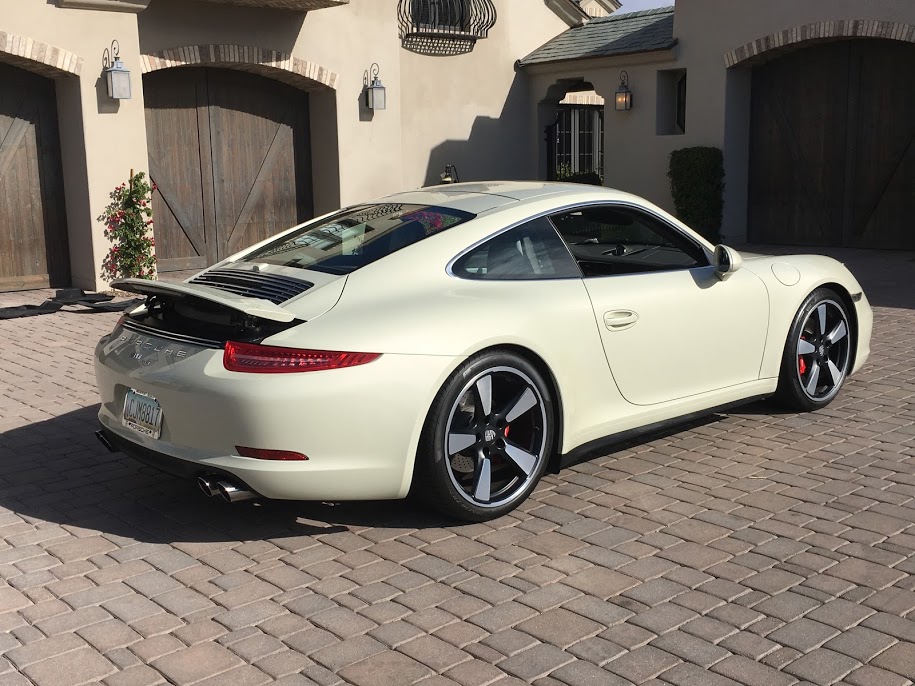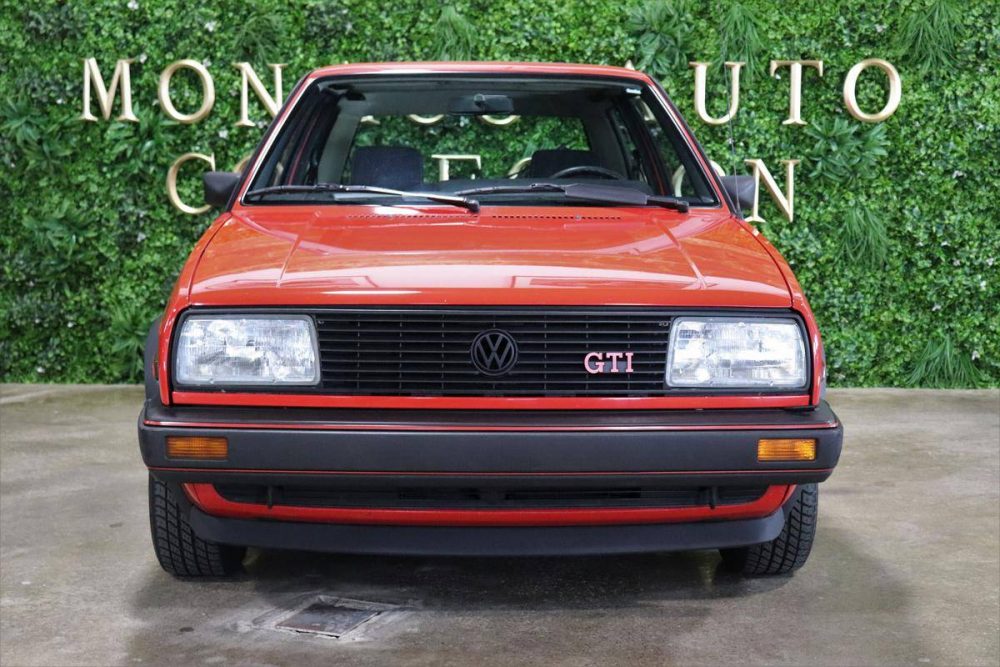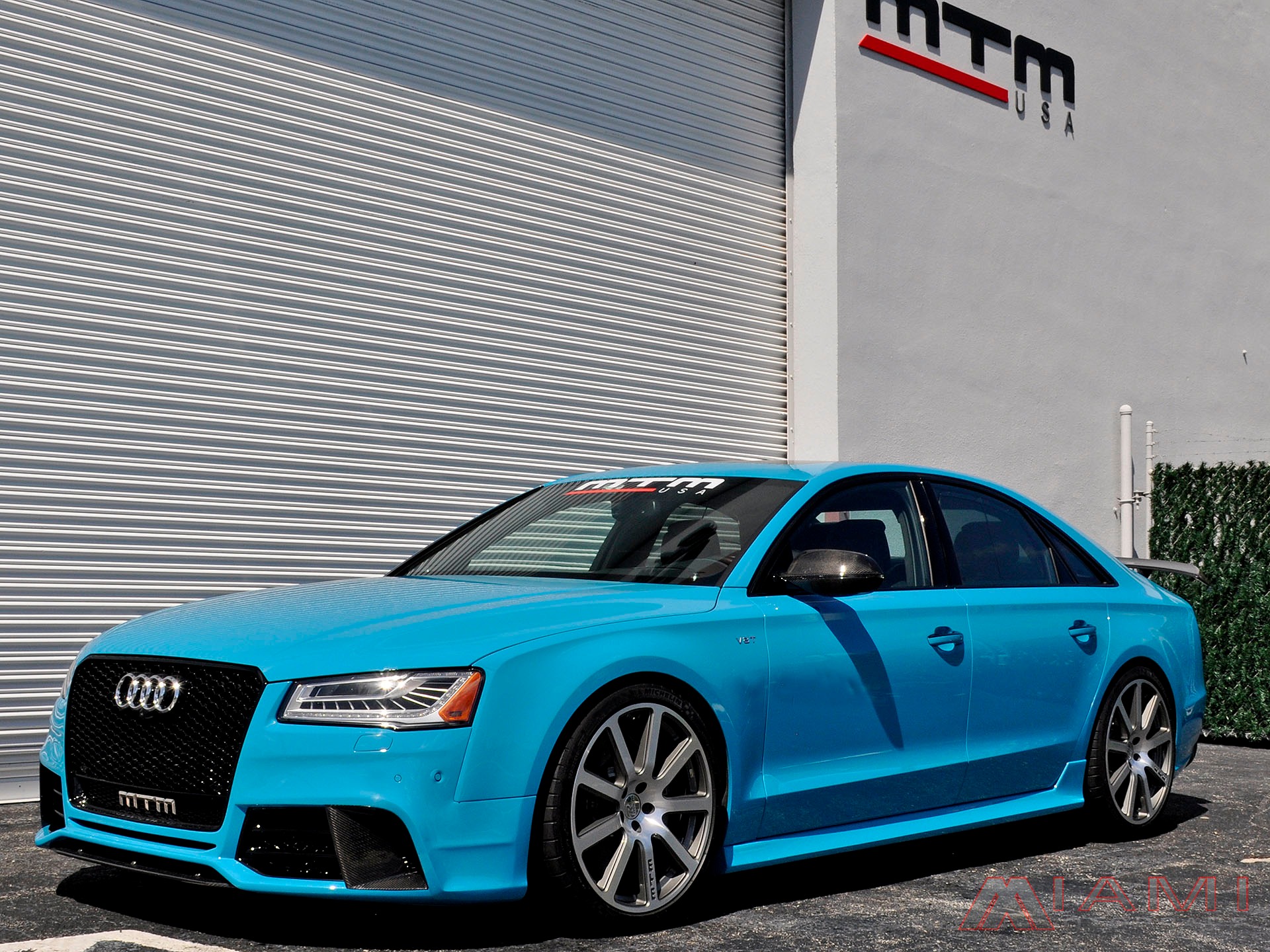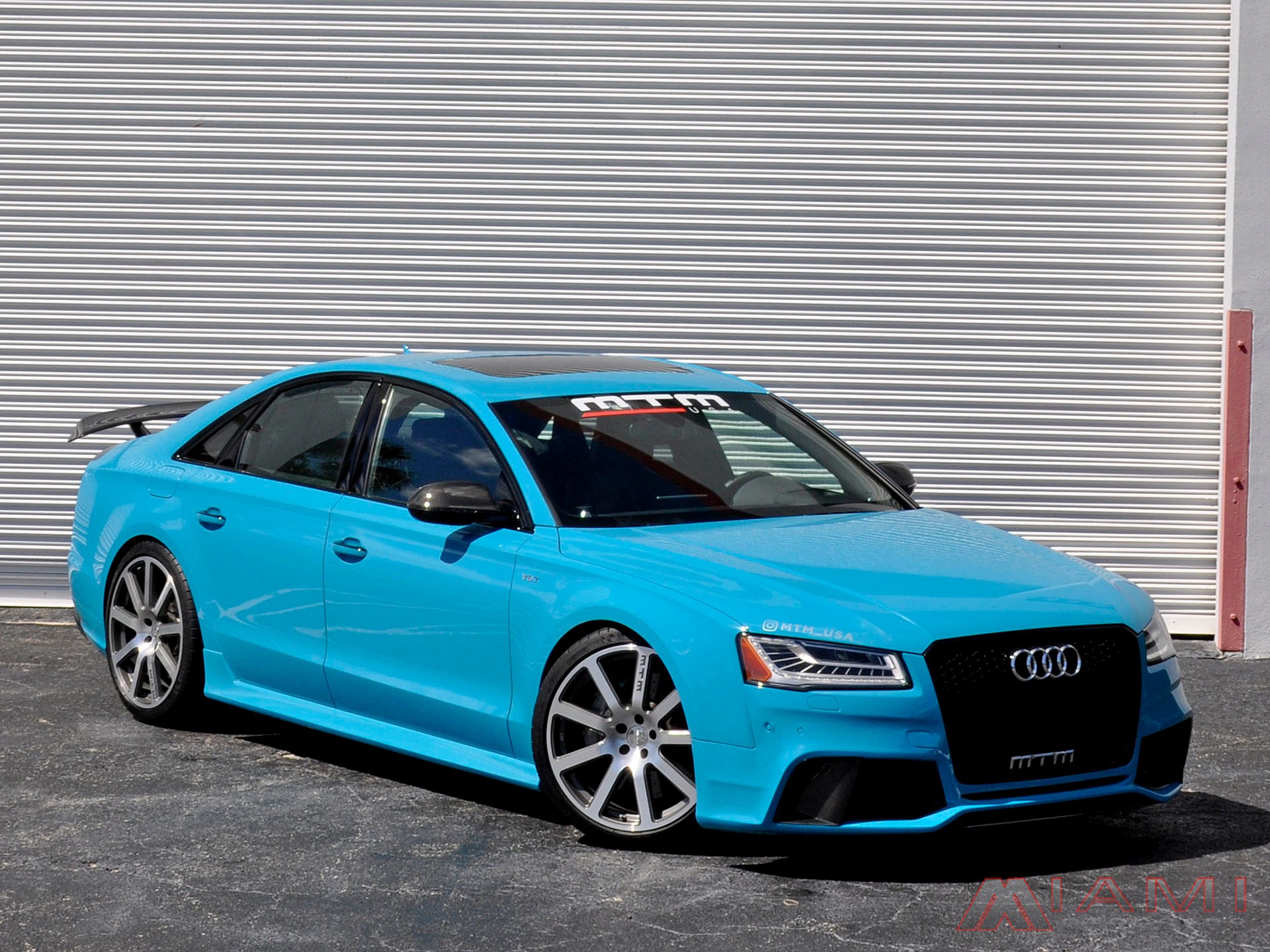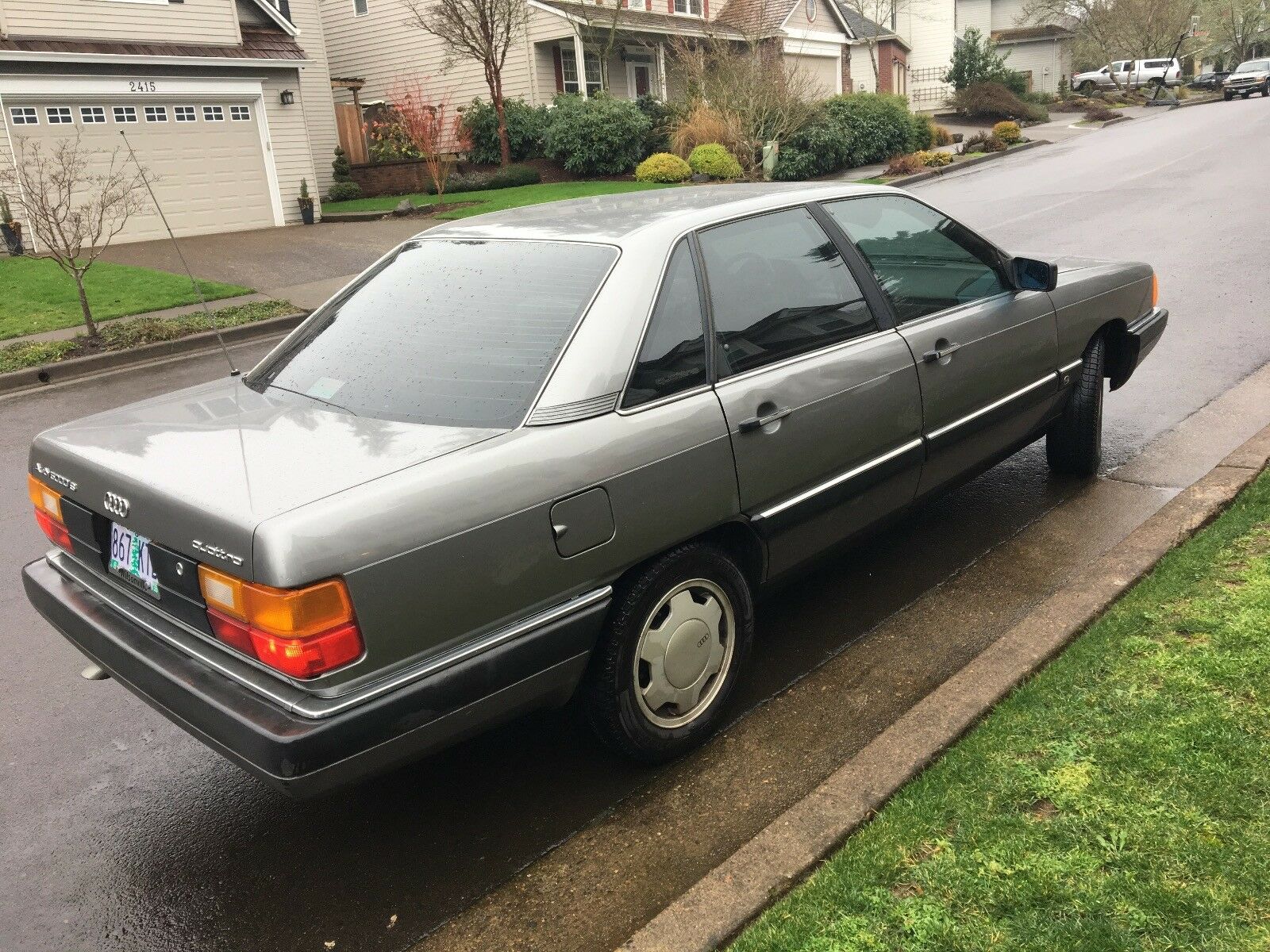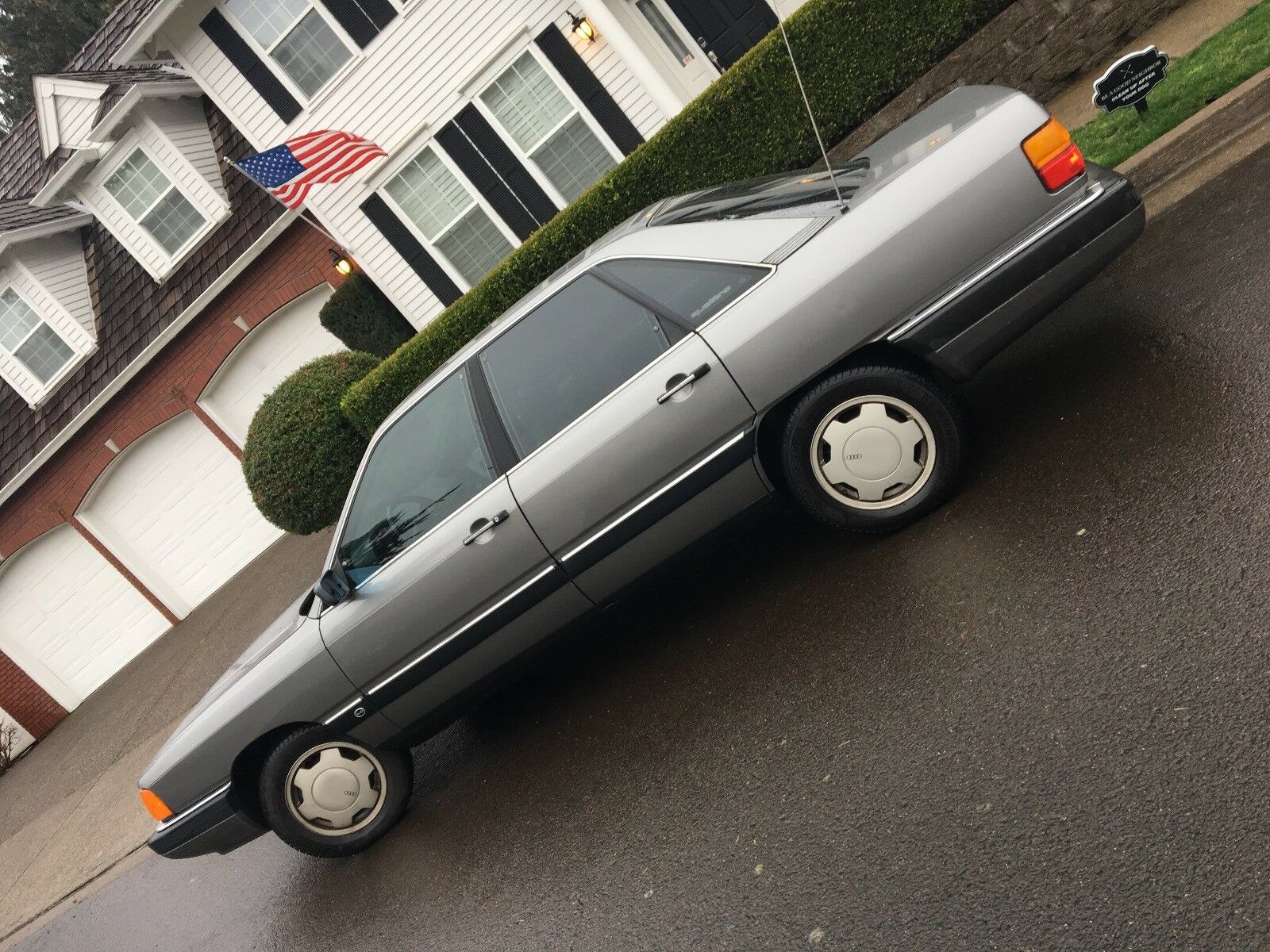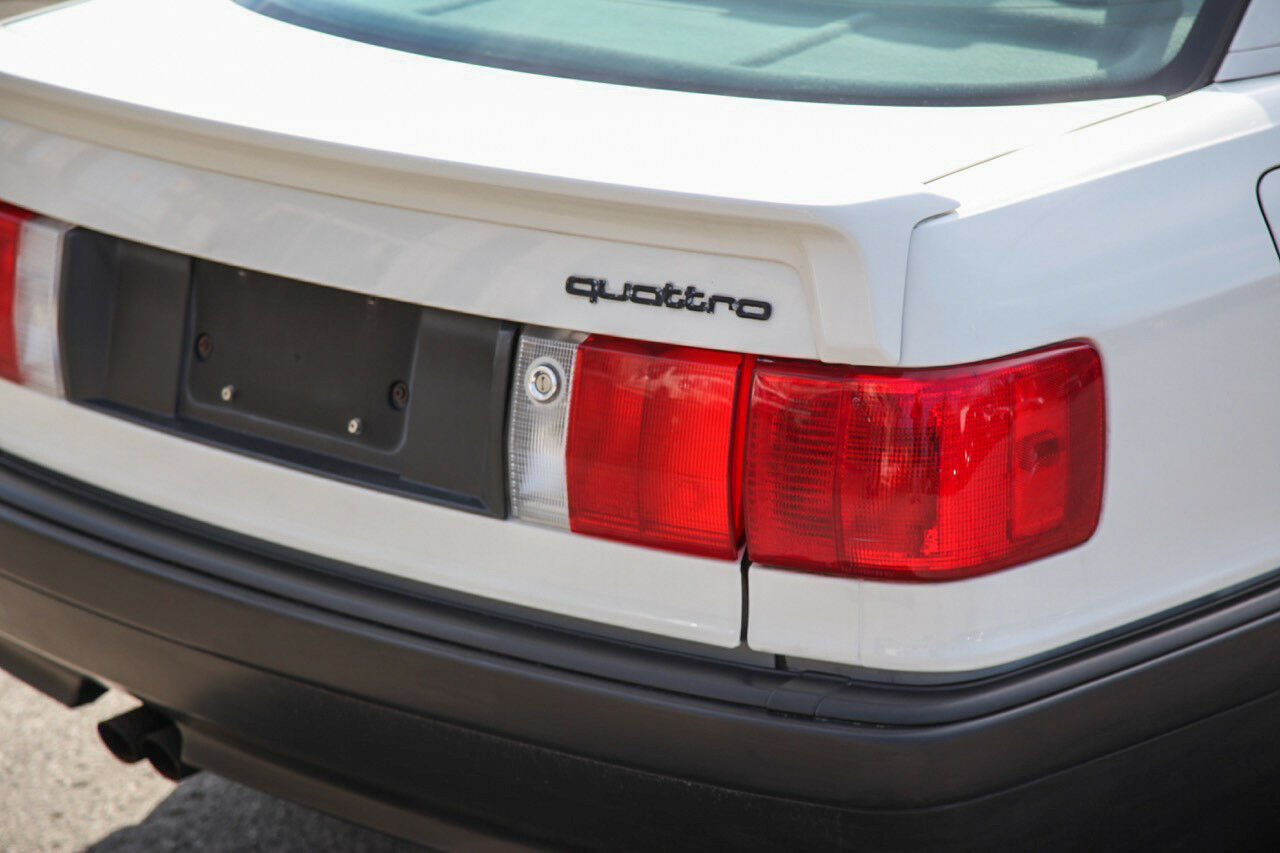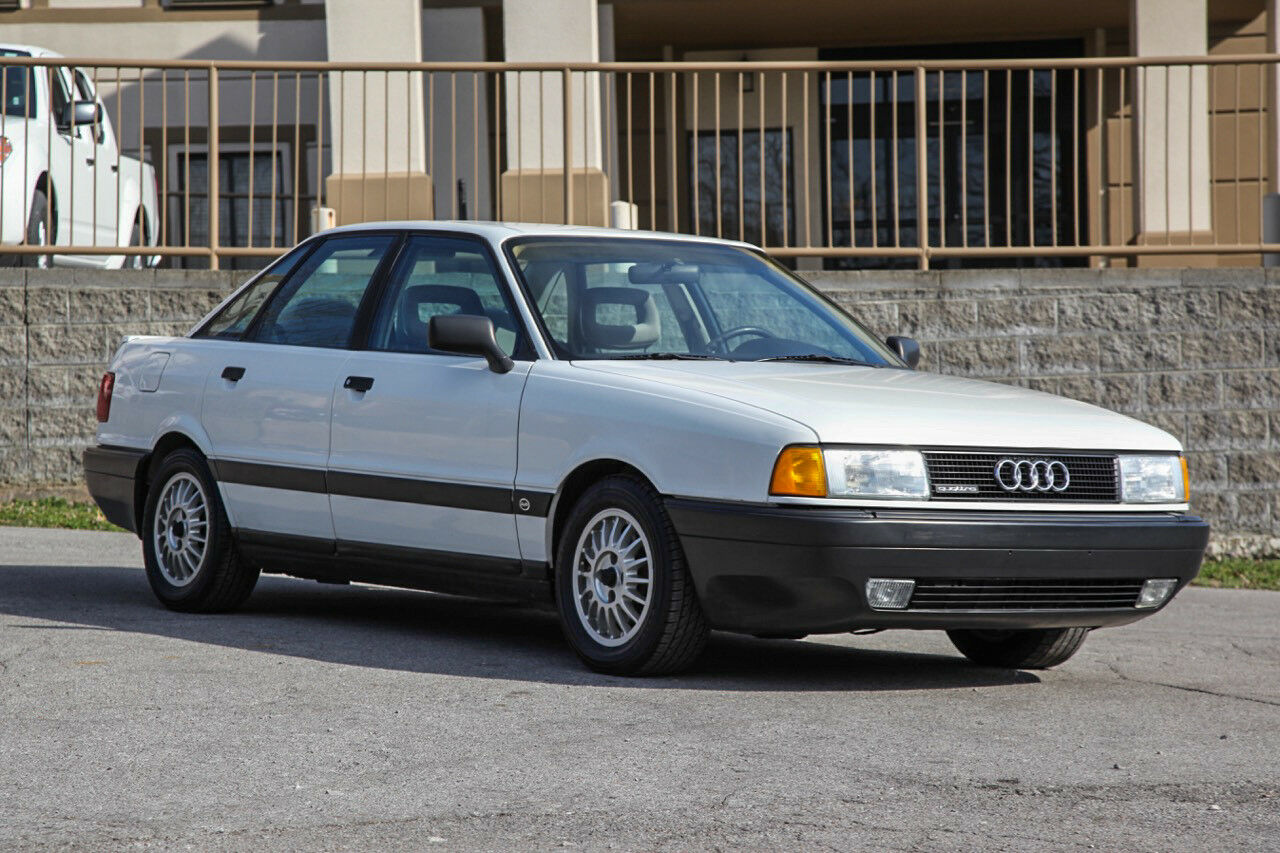Porsche has never been one to shy away from offering a special edition of any of their cars, and that goes double for the 911. It seems as though virtually every few months some new, ultra-limited variant of the GT3, GT2 or Turbo comes splashing into the news feeds and headlines of every German car enthusiast. But occasionally, Porsche does have something important to commemorate, and when it came to 2014 they had a particularly impressive opportunity.
2014 marked the 50th anniversary of the Porsche 911, a car so entrenched in the ethos of sporting automobiles that it’s the mechanical equivalent of the Queen of England. Sure, the 911 hasn’t always been the best, brightest or fastest – but, it’s seemingly always been there and often it has been the superlative. So to celebrate 50 years of production, Porsche introduced a very beautiful and pure example of the 911, devoid of the flash and spoilers that often catch headlines.
Subtle was the key to the 911 50th. It was rear-drive, yet had the wide body from the Carrera 4S. It was lowered 10mm like the GTS, and had different black/chrome accents both front and rear. It wore a variation on the theme of the 2010 Sport Classic’s Fuchs-inspired wheels, here with a machined with black accent finish. Inside a choice of special houndstooth or tartan on the seats, with original 901-inspired gauges and the choice between the excellent PDK dual-clutch 7-speed or a 7-speed manual. Porsche’s Powerkit bumped power up to 430 for good measure, and the outside was draped in Graphite Gray Metallic or the even more gorgeous Geyser Grey Metallic seen here. It made for one stunning package:

